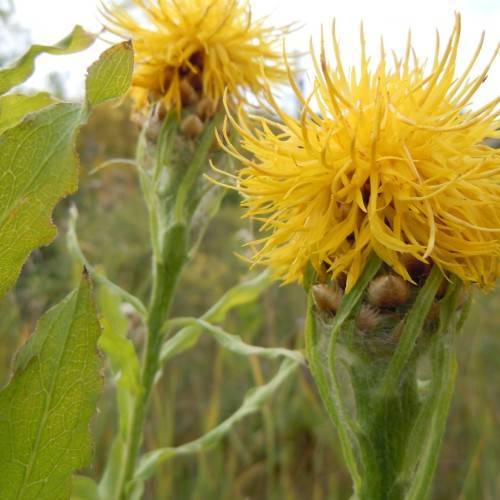
Big Head Starthistle
Centaurea macrocephala Mussin-Puschkin ex Willdenow
Watering:
Minimal
Hardiness Zone:
Sun:
full sun
Leaf:
Yes
Growth Rate:
Low
Drought Tolerant:
Yes
Thorny:
Yes
Invasive:
Yes
Care Level:
Medium
watering
It is important to water Big Head Purple Star Thistle (Centaurea calcitrapa) regularly to ensure that it stays healthy and vibrant. It should be watered deeply and infrequently, only when the topsoil is dry. Generally, this means watering once a week in the spring and summer, or every 2 weeks in the winter. When watering, the entire root zone should be moistened to ensure that the plant gets the hydration it needs. A slow trickle of water is the best method to make sure the water is hitting the entire root zone. During periods of drought, additional water may be necessary to keep the plant healthy.
sunlight
Big Head Purple Star Thistle, also known as Centaurea calcitrapa, does best with 8-10 hours of direct sunlight each day. They do best in full sun where the sun is at its brightest and the soil is kept slightly moist. If the sunlight is too intense, however, the plant can get sunburnt and dry out. They are best grown during the morning hours and late afternoon, and should receive indirect sunlight during the middle part of the day. They prefer night temperatures of at least 60°F (16°C).
pruning
Big Head Purple Star Thistle should be pruned yearly to keep it in shape and ensure optimal health. For the best results, prune in the late spring or early summer after the plant has bloomed. Additionally, remove any dead, diseased, or damaged stems that may have formed throughout the year. Prune the stems back to the base of the flowerhead and ensure to wear protective gloves as the stems can be spiky and prickly. Finally, make sure not to overly prune and to leave healthy stems as the plant needs them in order to flower and produce the desired blooms.
